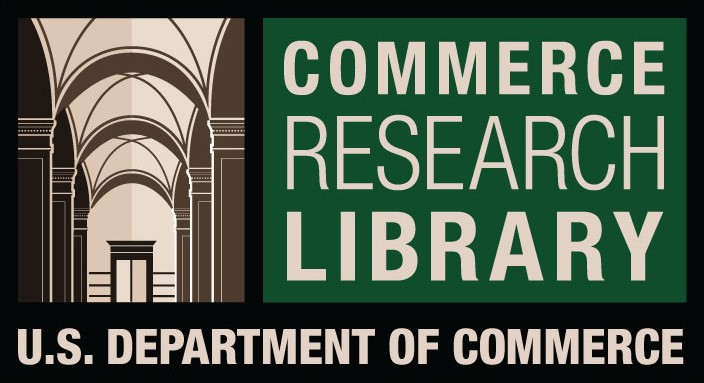Sustainable and Green emerging trend for generation of electricity by using dyes
DOI:
https://doi.org/10.61841/sgnafp05Keywords:
Photosensitizer, Reluctant, surfactant, Fill Factor, Potential at power point, Power & Charging time.Abstract
Photogalvanic cells have affinity to solar energy renovation and storage. It can be efficient energy resource for future scenario, if its electrical performance is increased up to mark by using suitable combination of dyes, reductants & surfactants. In this research, the Photogalvanic cell contains Victoriaa Blue (VB) dye as photo sensitizer, Ethylene diamine tetra acetic acid (EDTA) as reluctant, Cetyl Trimethyl Ammonium Bromide (CTAB) as surfactant and Sodium hydroxide (NaOH) is used as an alkaline medium to enhance the electrical performance of batteries. The reported cell efficiency is fundamentally elevated as well. The system has conservation efficiency 1.01% and can be used in the dark for 68 Mins. Assorted parameter on which efficiency of solar energy conversion is reliant are also deliberate and account here.
Downloads
References
1. Clark W.D.K. and Eckert J.A, Photogalvanic cells, Solar Energy 17,147-152 (1975)
2. W. J. Albery and M. D. Archer, "Photogalvanic cells: Part 4," J. Electroanal. Chem. 86 (1978) 19.
3. R. Tamilarasan, P. Natarajan , Nature, 292 (1981) 224
4. A. K. Jana, “Solar Cells Based on Dyes,” Journal of Photochemistry and Photobiology A: Chemistry, Vol. 132, No. 1, pp. 1-17, 2000.
5. Singh G, Yadav S,Yadav RD, “Photogalvanic solar conversion and storage by using Thionine as photosensitizer and EDTA as reductant in the presence of CTAB as surfactant”, Afinidad, LXVII, 550,
pp. 473-477, 2010.
6. Gautam Singh, Solar Energy conversion in to Electrical Energy-Photogalvanic Cell, special volume 4, March 2019
Downloads
Published
Issue
Section
License

This work is licensed under a Creative Commons Attribution 4.0 International License.
You are free to:
- Share — copy and redistribute the material in any medium or format for any purpose, even commercially.
- Adapt — remix, transform, and build upon the material for any purpose, even commercially.
- The licensor cannot revoke these freedoms as long as you follow the license terms.
Under the following terms:
- Attribution — You must give appropriate credit , provide a link to the license, and indicate if changes were made . You may do so in any reasonable manner, but not in any way that suggests the licensor endorses you or your use.
- No additional restrictions — You may not apply legal terms or technological measures that legally restrict others from doing anything the license permits.
Notices:
You do not have to comply with the license for elements of the material in the public domain or where your use is permitted by an applicable exception or limitation .
No warranties are given. The license may not give you all of the permissions necessary for your intended use. For example, other rights such as publicity, privacy, or moral rights may limit how you use the material.









